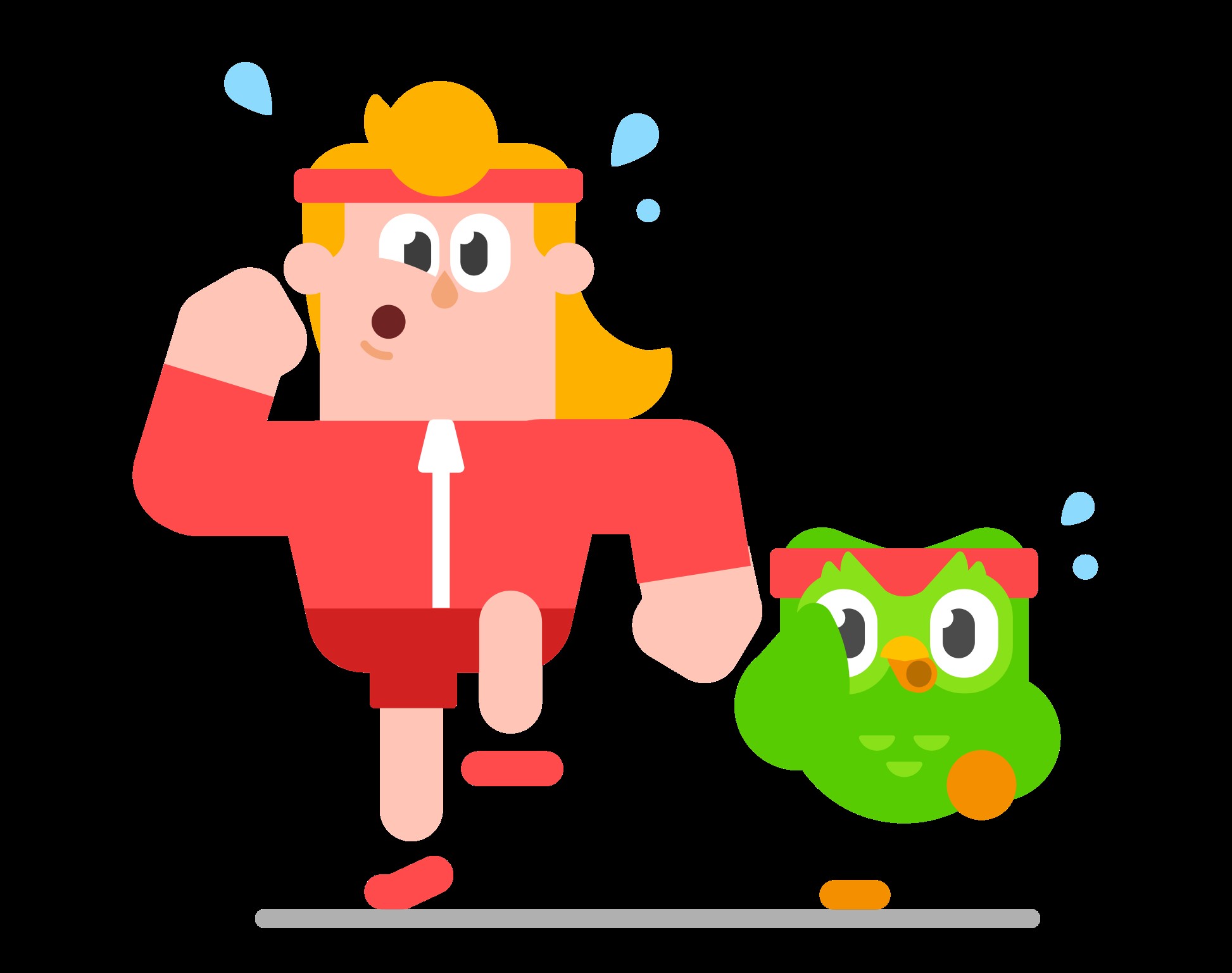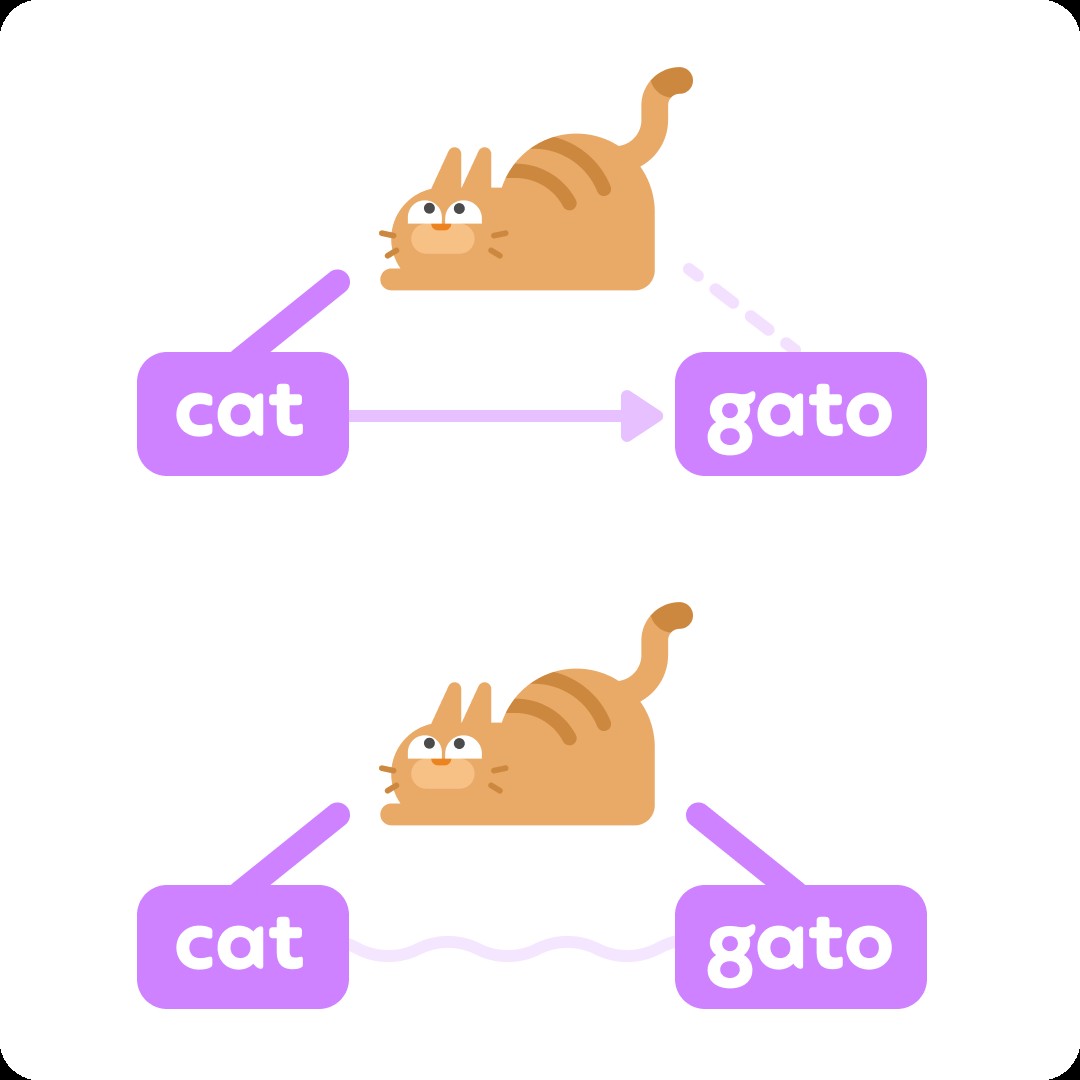Learning a new language is an exciting journey, opening doors to new cultures, opportunities, and ways of thinking. But what if one language isn’t enough? Is it possible to learn two languages simultaneously without your brain turning into scrambled eggs? The answer is a resounding yes! Juggling two languages at once is not only achievable but can also be incredibly rewarding and even boost your language learning journey overall.
This guide will explore effective strategies to help you successfully learn two languages at the same time. Whether you’re dreaming of ordering tapas in Spanish while discussing philosophy in French, or aiming to boost your career prospects with Mandarin and German, we’ll provide you with actionable tips and insights to make your multilingual aspirations a reality.
Maximize Your Study Time for Dual Language Learning
| Time management is crucial when learning two languages concurrently. |







One of the most significant hurdles in Learning Two Languages At Once is dedicating sufficient time to each. Think of it this way: if you were previously dedicating 30 minutes daily to learning Spanish and decide to add Japanese to your repertoire, simply splitting that 30 minutes might hinder your progress in both. To maintain momentum and achieve comparable results in each language, you’ll likely need to double your overall study time.
Effective time management becomes paramount. Carefully plan your week, allocating specific time slots for each language. Consider your daily schedule and identify pockets of time where you can consistently dedicate focused learning sessions. This might involve waking up slightly earlier, utilizing your lunch break, or setting aside dedicated evening hours. The key is consistency and ensuring each language receives adequate attention.
Setting Realistic Expectations for Bilingual Learning
| Understand the unique challenges and advantages of learning specific language pairs. |
Embarking on the journey of learning two languages at once comes with its own set of advantages and challenges, often influenced by the languages you choose to learn. If you opt for languages with significant similarities, such as Spanish and Portuguese, you might find yourself grasping the fundamentals of both relatively quickly due to shared vocabulary and grammatical structures. However, the very similarity that aids initial progress can also become a source of confusion. Distinguishing between closely related languages and avoiding mixing them up requires conscious effort and focused practice.
Conversely, combining languages from different language families, like English and Korean, might present a steeper initial learning curve due to fewer cognates and distinct grammatical systems. Yet, this very difference can be advantageous in preventing interference between the two languages. The lack of overlap can make it easier to keep them separate in your mind, reducing the likelihood of mixing vocabulary or grammatical rules. Ultimately, understanding the inherent characteristics of your chosen language pair is crucial for setting realistic expectations and tailoring your learning approach accordingly.
Comparing and Contrasting Similar Languages to Avoid Confusion
| Actively compare and contrast similar languages to sharpen your understanding of their nuances. |
When tackling two languages that share common roots or linguistic features, proactive comparison and contrast become your secret weapons against confusion. Dedicate specific time each week to actively analyze the similarities and, more importantly, the differences between your chosen languages.
For example, if you’re learning Spanish and Italian, delve into the fascinating world of false cognates – words that look deceptively similar but carry different meanings. Creating a running list of these linguistic tricksters can significantly reduce miscommunication. Similarly, construct comparative grammar charts to highlight structural divergences. For instance, while both Spanish and Italian utilize auxiliary verbs in compound tenses, the specific verbs and their usage can vary. Spanish primarily employs “haber” (to have), whereas Italian strategically uses both “avere” (to have) and “essere” (to be) depending on the verb. By actively pinpointing and understanding these subtle yet crucial distinctions, you’ll fortify your ability to keep your languages distinct and avoid frustrating mix-ups.
Start Strong: Build a Foundation in One Language First
| Establishing a solid base in one language can make adding a second language smoother and more efficient. |
Feeling overwhelmed by the prospect of diving into two languages simultaneously? Consider a staggered approach: give yourself a head start in one language. Focus your initial efforts on building a solid foundation in your first chosen language before introducing a second. In the context of language learning apps like Duolingo, this might translate to completing the initial units or even the first section of a course.
Once you’ve gained a comfortable grasp of basic vocabulary, fundamental grammar concepts, and sentence construction in your primary language, you’ll be better equipped to handle the complexities of adding a second. This foundational knowledge acts as a scaffold, making the process of learning a subsequent language more efficient and less daunting. Think of it as learning to ride a bike – mastering the first language provides balance and momentum that can be transferred to learning the second. And remember, platforms like Duolingo offer the flexibility to learn multiple languages for free, allowing you to seamlessly expand your linguistic horizons when you’re ready.
Immerse Yourself Fully in Each Language
| Deep immersion in each language, especially at the beginning, enhances focus and accelerates learning. |
In the initial stages of learning multiple languages, prioritize longer, uninterrupted study sessions for each language. Instead of fragmenting your study time into shorter intervals throughout the day, aim for dedicated blocks of time where you can fully immerse yourself in a single language. For instance, dedicate a solid 30-minute session to German, rather than splitting it into two 15-minute snippets.
This concentrated approach allows you to fully enter “German mode” or “Spanish mode,” facilitating deeper engagement and a more profound connection with the language. By allowing yourself to truly sink into the language, you enhance focus, improve retention, and accelerate your overall learning progress. As you become more comfortable and proficient in each language, you may find that you require less time to transition into the linguistic mindset, but initially, extended immersion periods are invaluable for establishing a strong foundation.
Create Distinct Study Contexts for Each Language
| Associating each language with specific times and locations can create mental separation and clarity. |
Especially when you’re just starting your dual language learning journey, establish distinct study contexts for each language. This involves consciously separating your languages by time of day, physical location, or even specific activities. For example, you could create a routine of studying French every morning in your kitchen and reserving Spanish for evening sessions in your living room.
These contextual cues act as mental triggers, helping your brain switch between languages more efficiently. By associating each language with a specific environment and time, you create mental compartments that minimize interference and facilitate smoother transitions between them. As you gain proficiency, you can gradually become less reliant on these rigid contexts, but in the initial stages, establishing clear distinctions can significantly enhance clarity and reduce cognitive load.
Leverage One Language to Practice the Other
| Once comfortable, use one language as a tool to reinforce learning in the other, creating synergy. |
Once you’ve reached a comfortable intermediate level in one of your target languages, explore opportunities to use one language to practice the other. This synergistic approach can accelerate your learning in both languages simultaneously. For instance, create flashcards with vocabulary words, using one language on one side and the other language on the reverse – consciously avoiding your native language altogether. To further enhance differentiation, consider color-coding words by language.
Another effective technique is to utilize language learning platforms like Duolingo to your advantage. If you’re a German speaker learning English and Spanish, consider taking the Spanish course designed for German speakers. This allows you to practice Spanish while reinforcing your German vocabulary and grammar, creating a powerful cross-linguistic learning experience. By creatively interweaving your languages, you not only reinforce your knowledge but also develop a deeper understanding of their interconnectedness.
The Brain’s Amazing Capacity for Multilingualism
The human brain is inherently designed for multilingualism. In many parts of the world, speaking multiple languages from a young age is the norm, a testament to our brain’s remarkable adaptability. Whether it’s navigating different languages at home, in school, or within the community, multilingualism is a natural part of life for countless individuals.
When you learn a language, your brain forges connections between concepts and the words used to express them. Initially, when encountering a new word in a new language, your brain tends to link it to its translation in your native tongue.
However, with consistent practice and ample input – exposure to the language in various forms – your brain gradually develops direct connections between the concept and the new word, bypassing the need for translation through your first language. All languages you learn are stored in overlapping regions of the brain, creating a network of interconnected linguistic knowledge. This interconnectedness means that your brain naturally draws connections between translations, similar-sounding words, and words with shared meanings across languages. This “activation” of related words is a normal part of the bilingual brain, even for lifelong multilinguals.
While the initial stages of learning multiple languages might feel challenging, remember that your brain is wired for this task. By employing effective strategies and embracing the process, you can unlock your multilingual potential.
Language Learning: A Journey Without Limits 💖
The joy of mastering one language often ignites a passion for learning even more. When learning two or more languages simultaneously, remember to dedicate sufficient time and focused effort to each, ensuring you receive ample language input. There is no theoretical limit to the number of languages you can learn – with consistent practice and the right approach, the multilingual world is yours to explore!
Explore more language learning tips and strategies in our extensive collection of learning posts. Discover how to enhance your speaking skills, set effective proficiency goals, and discover innovative practice methods!